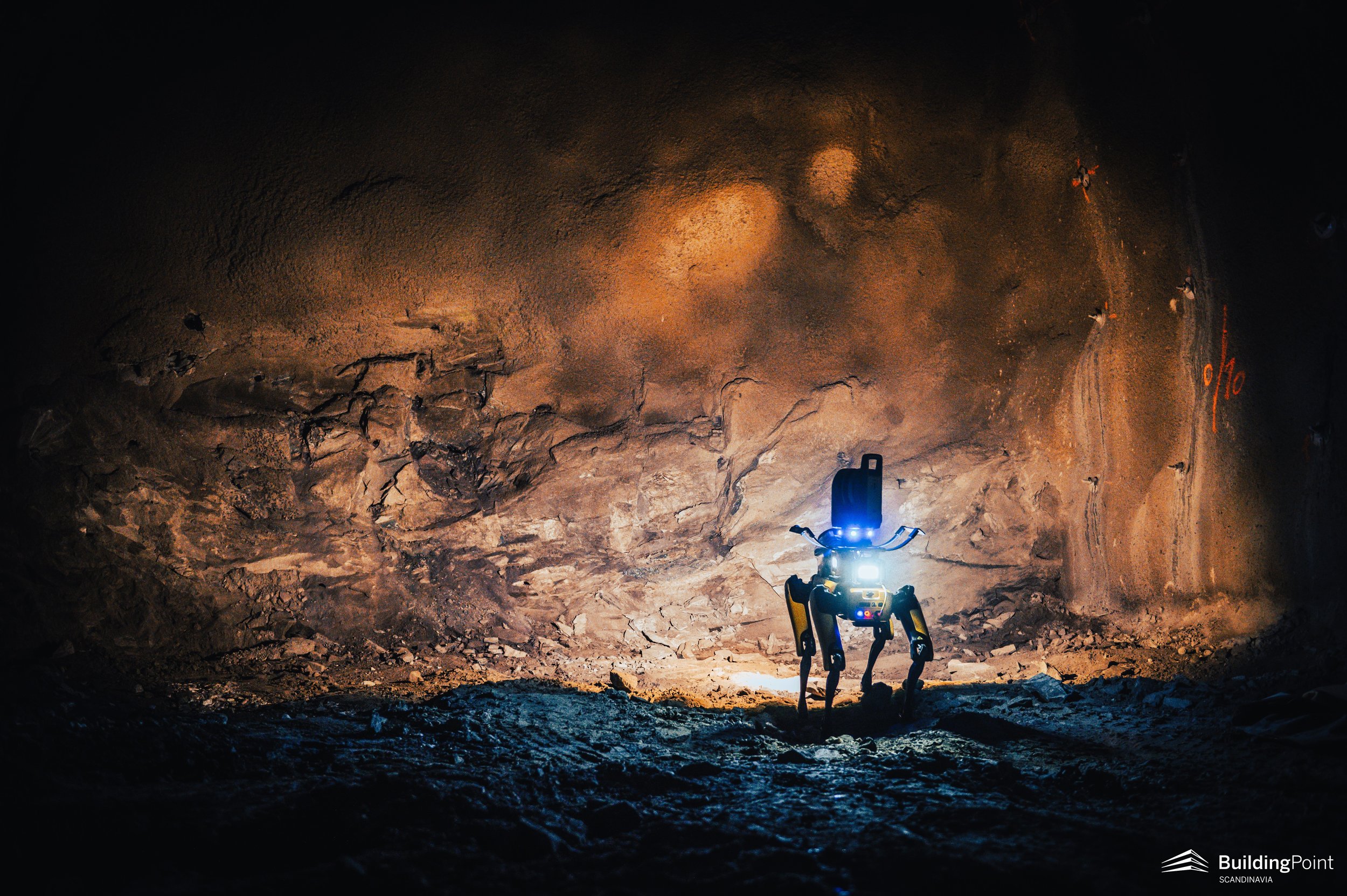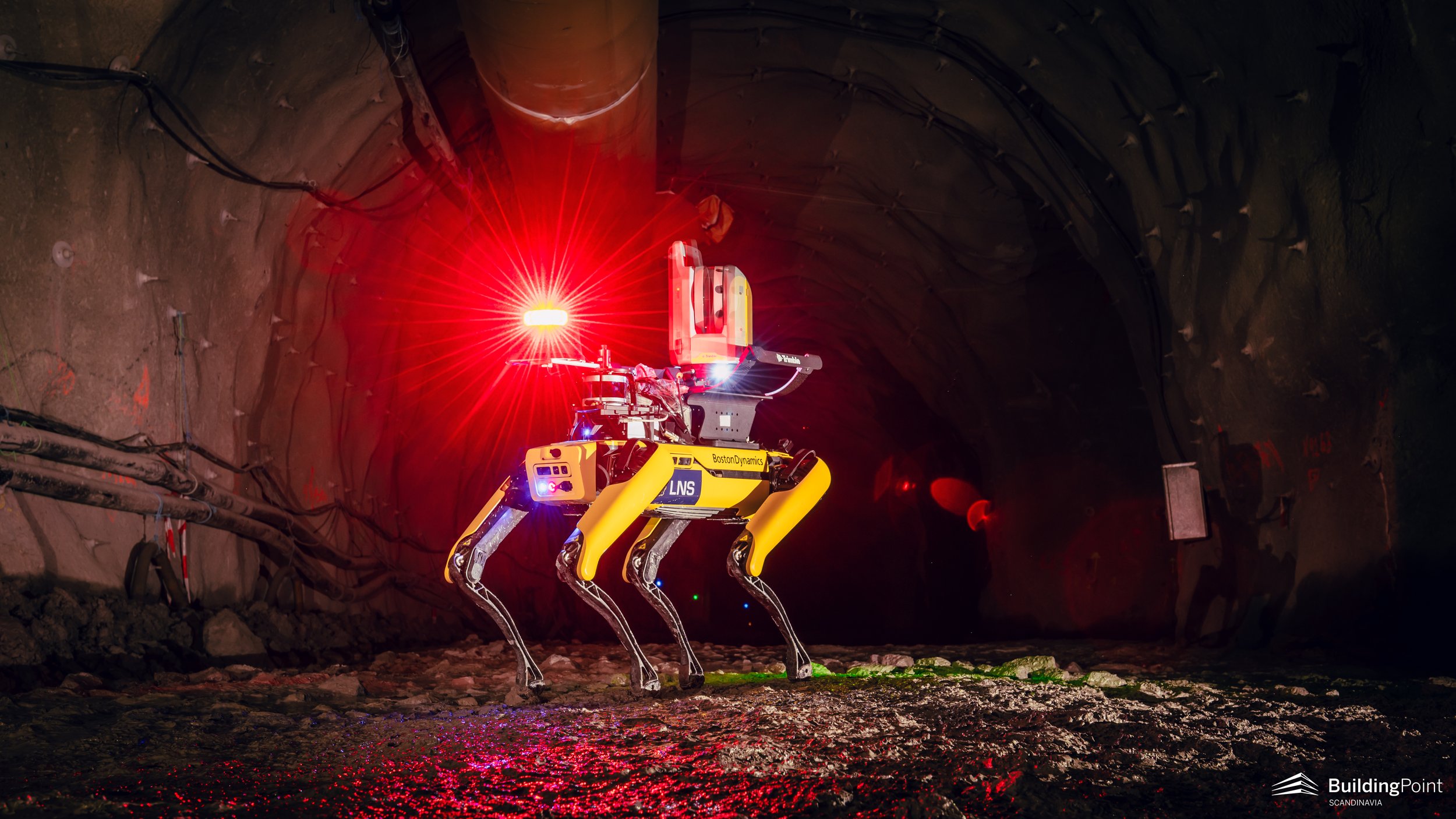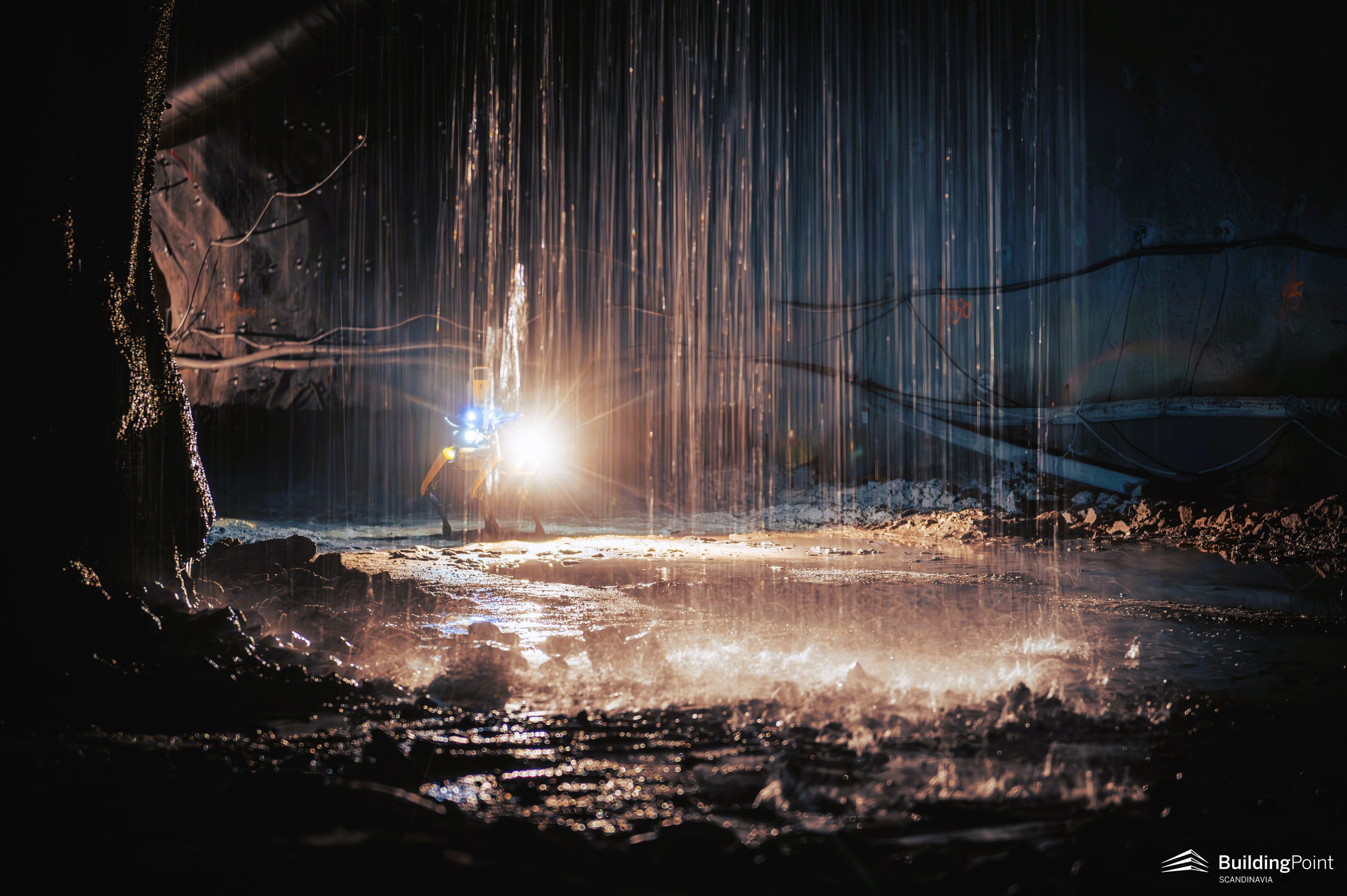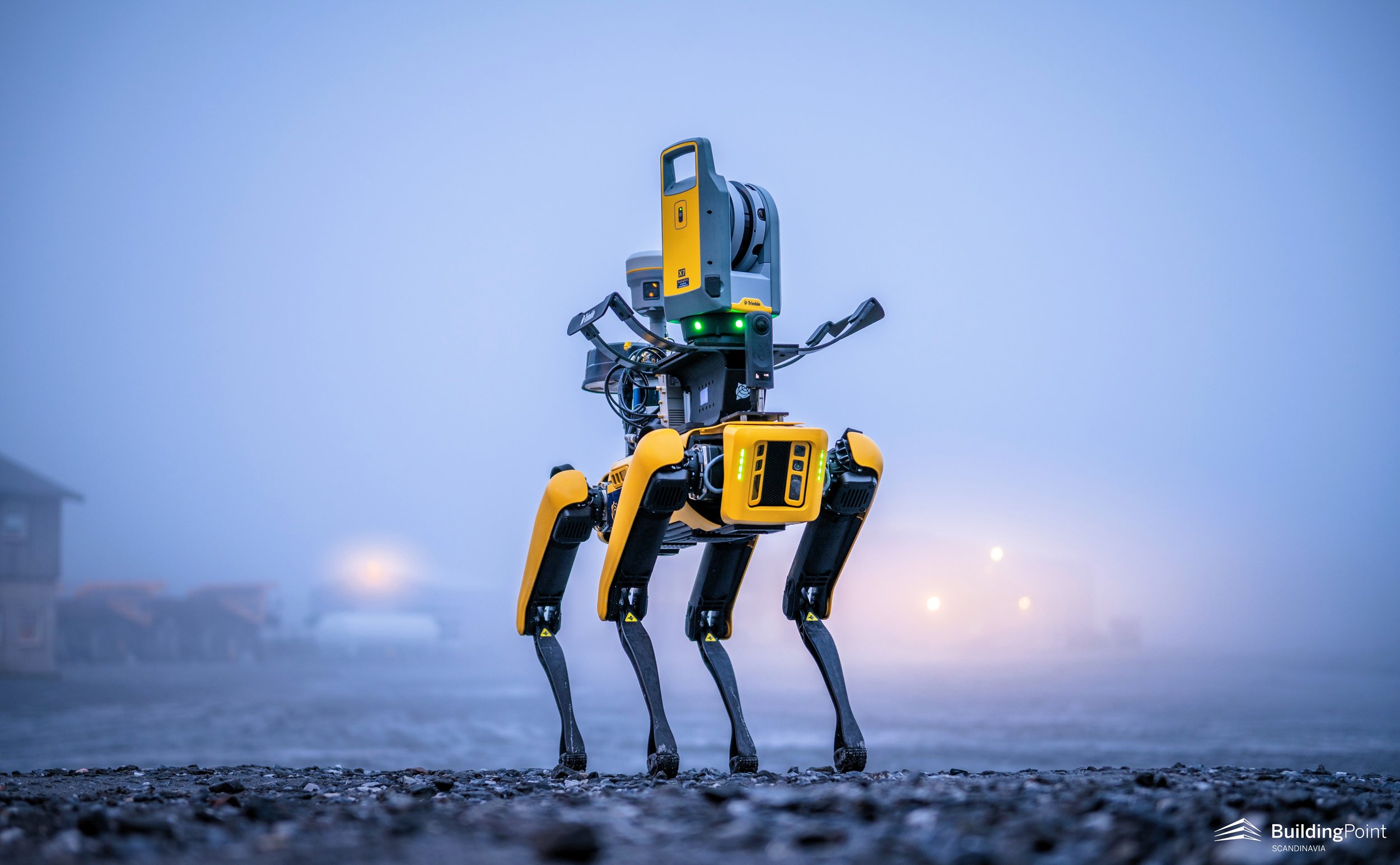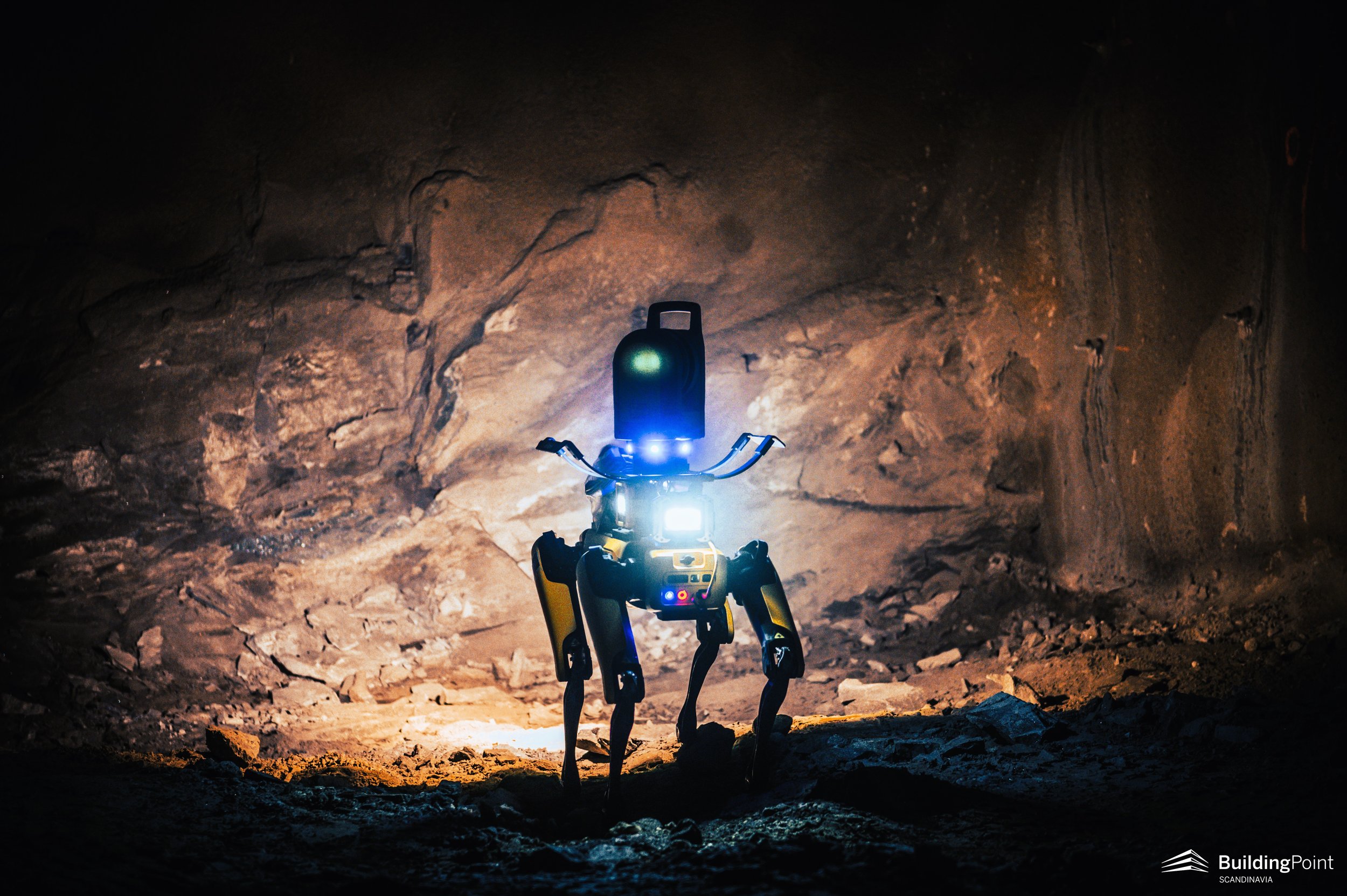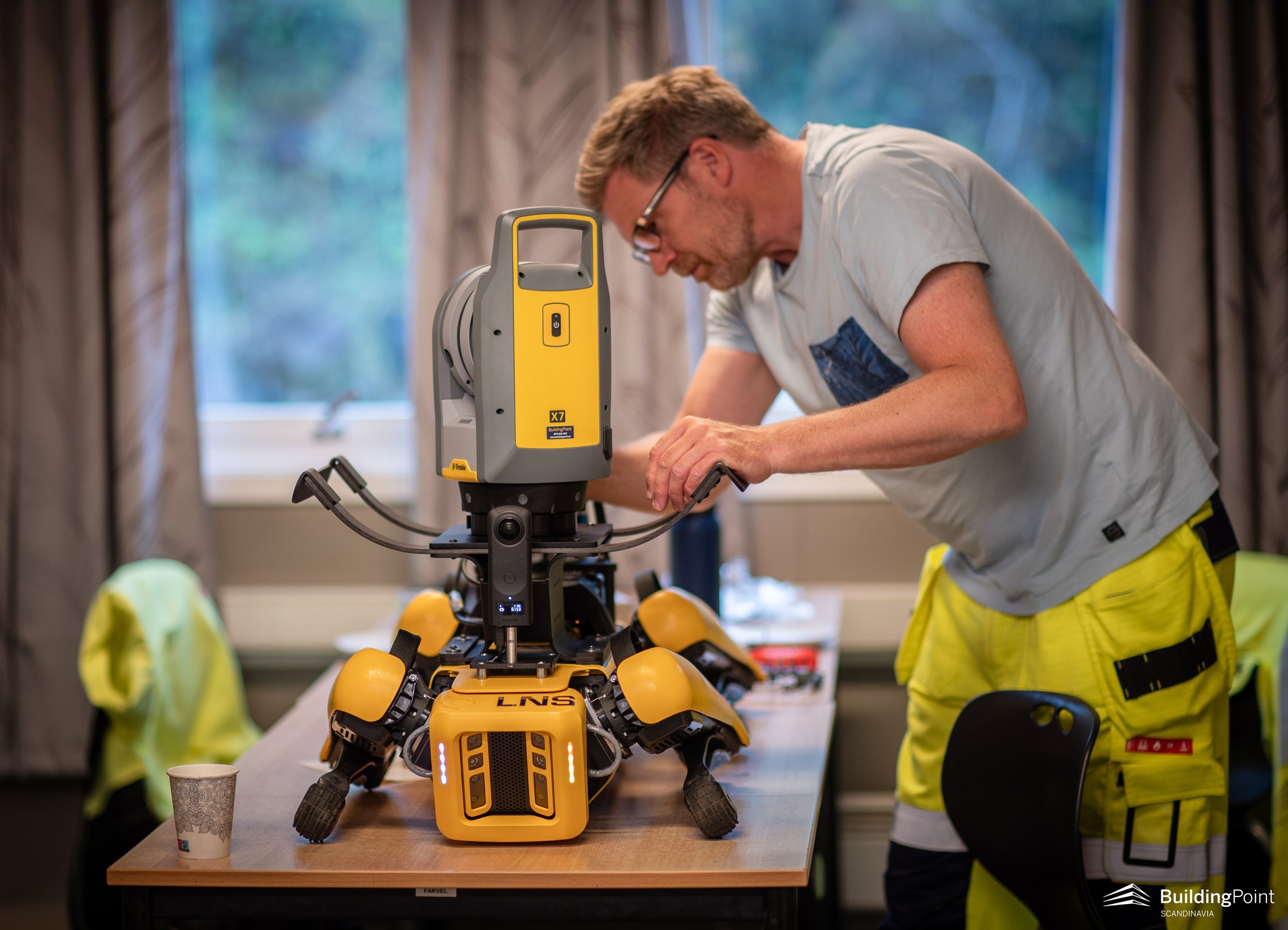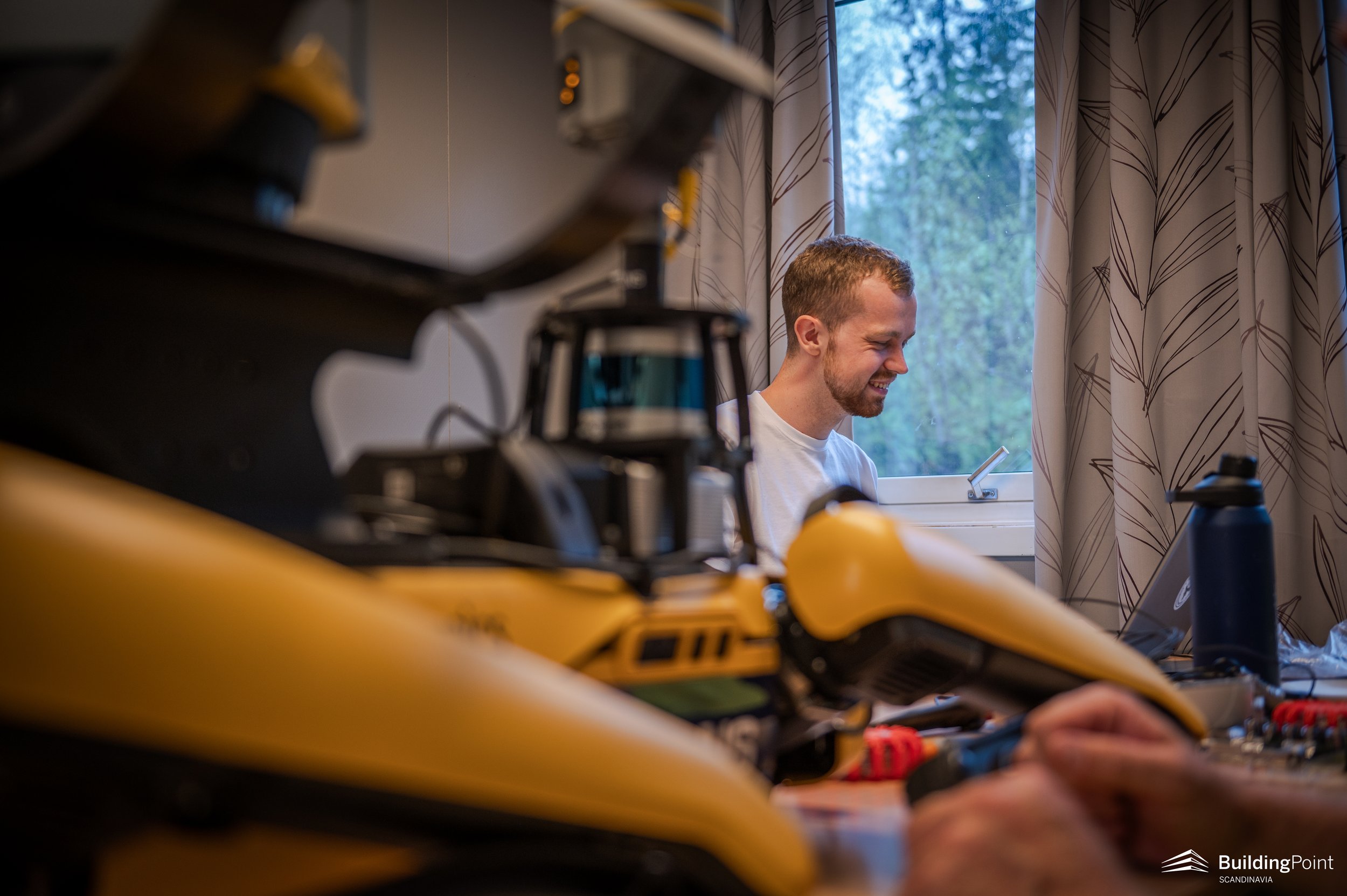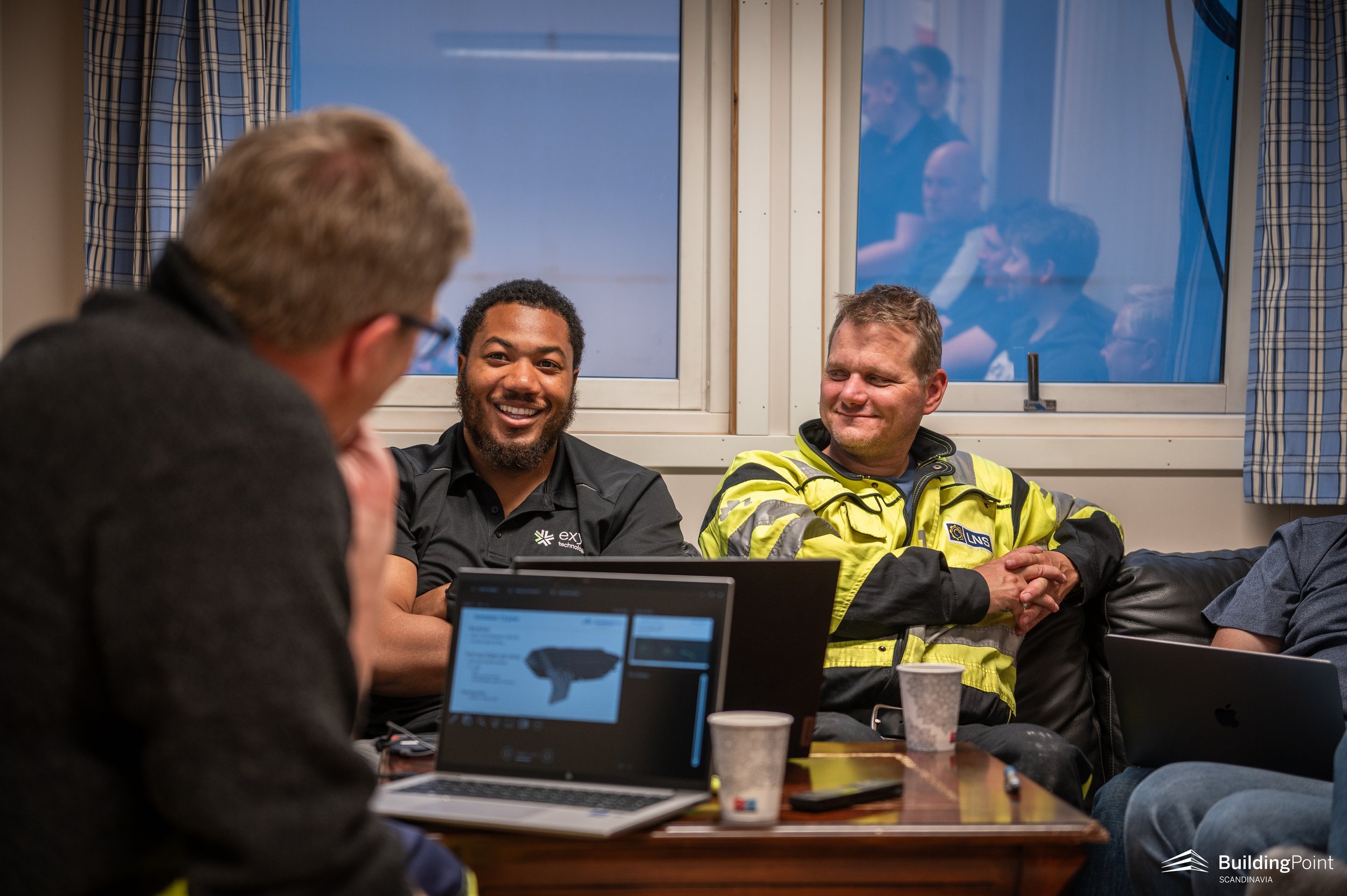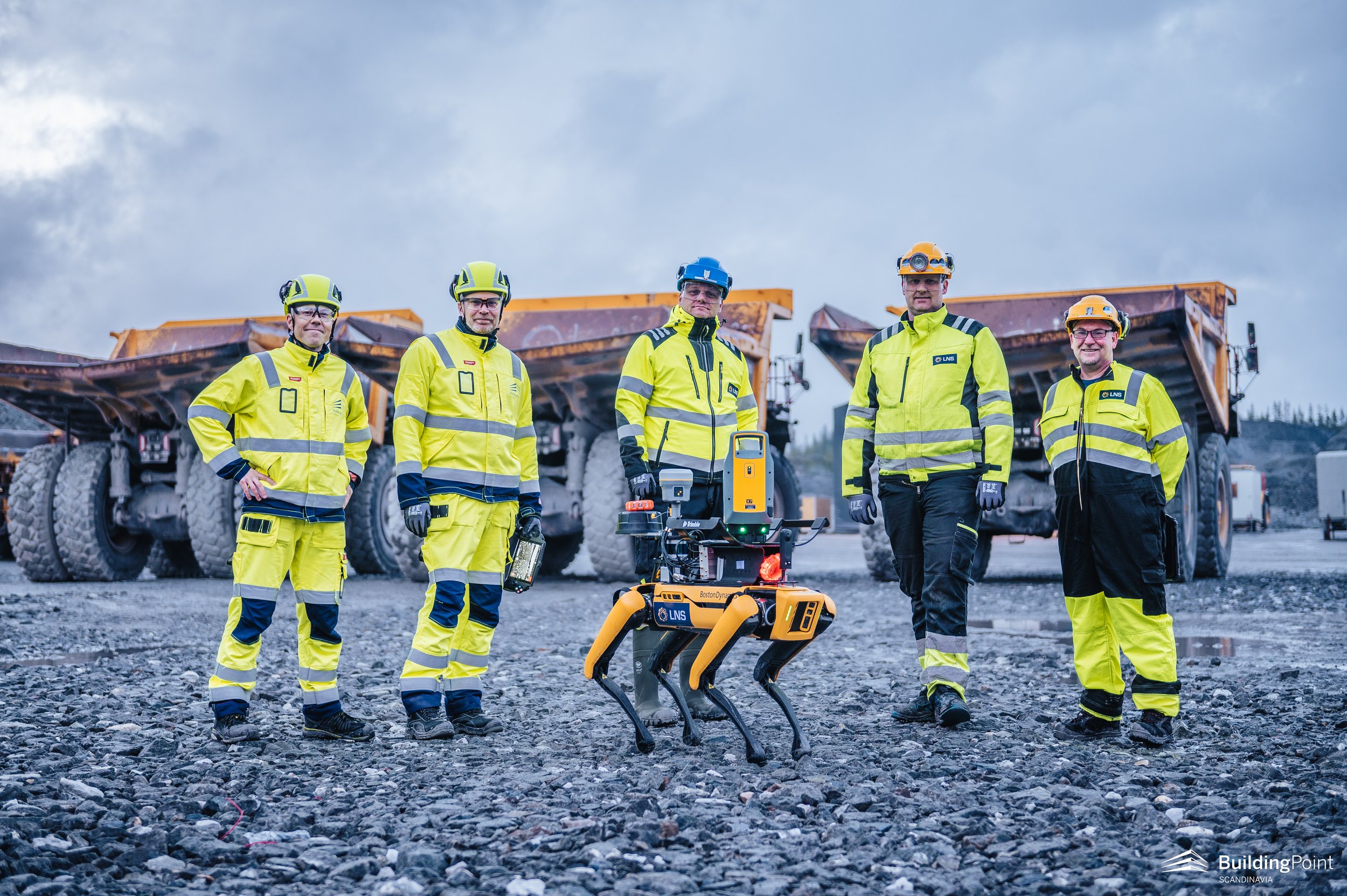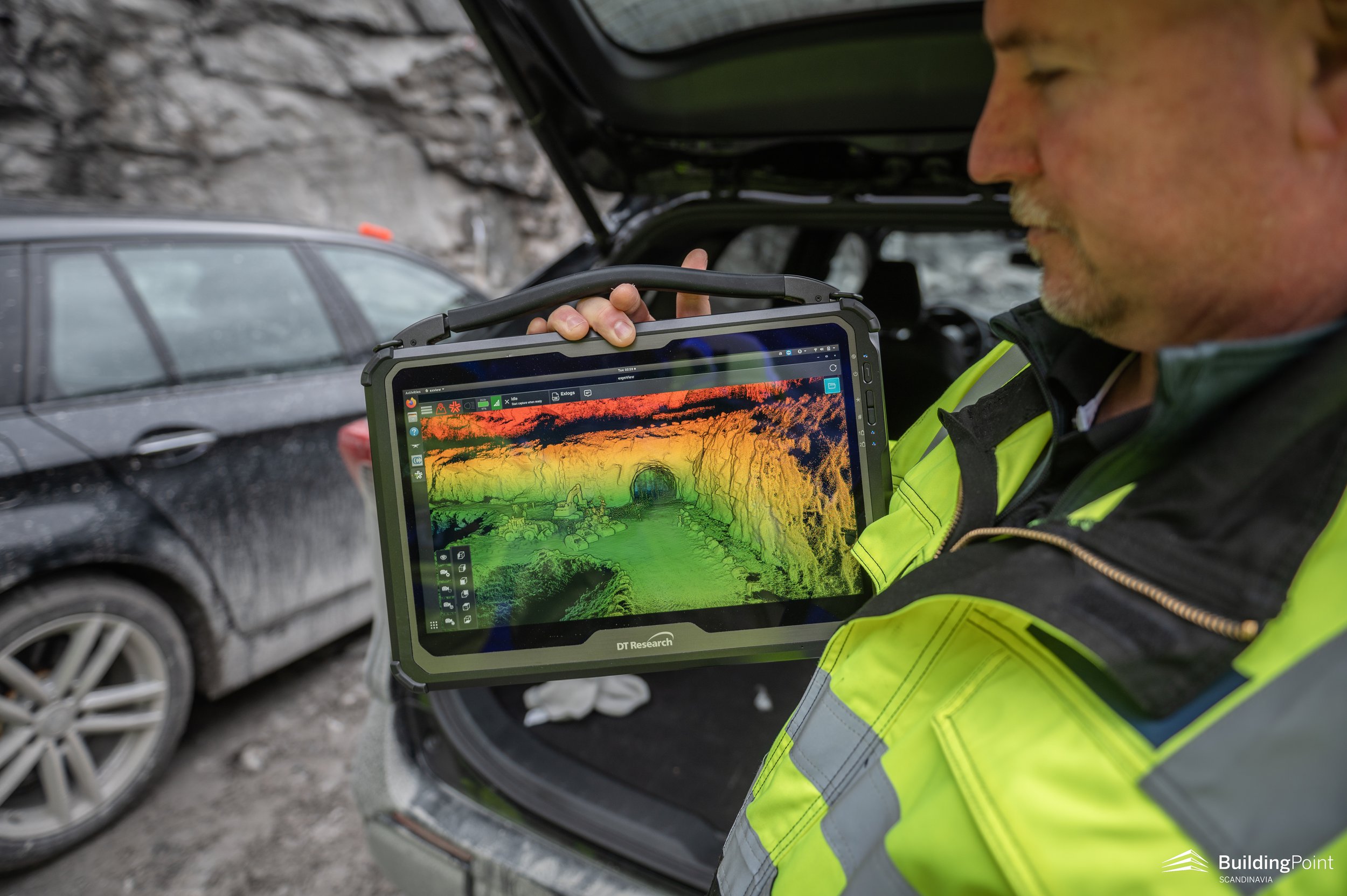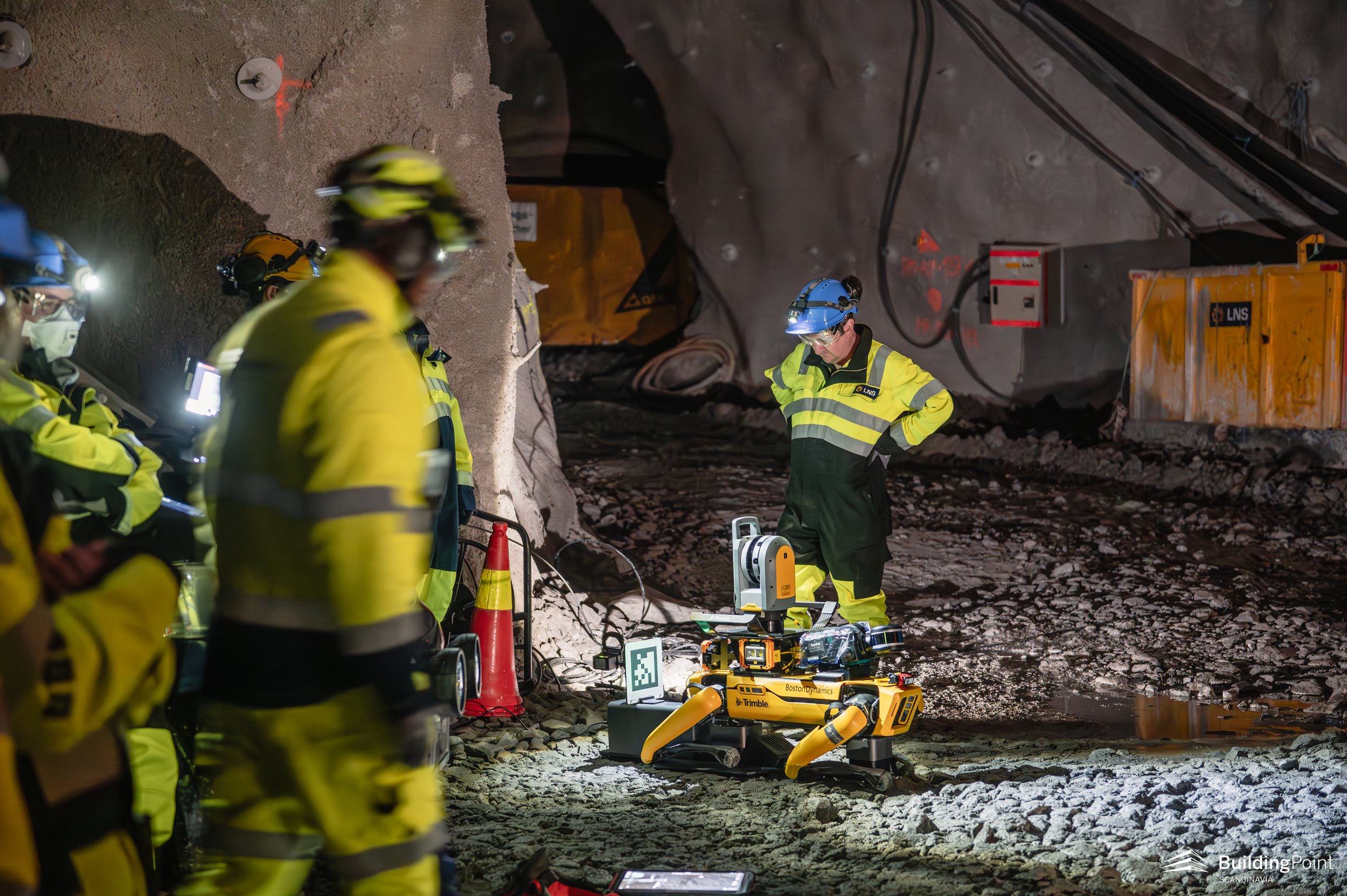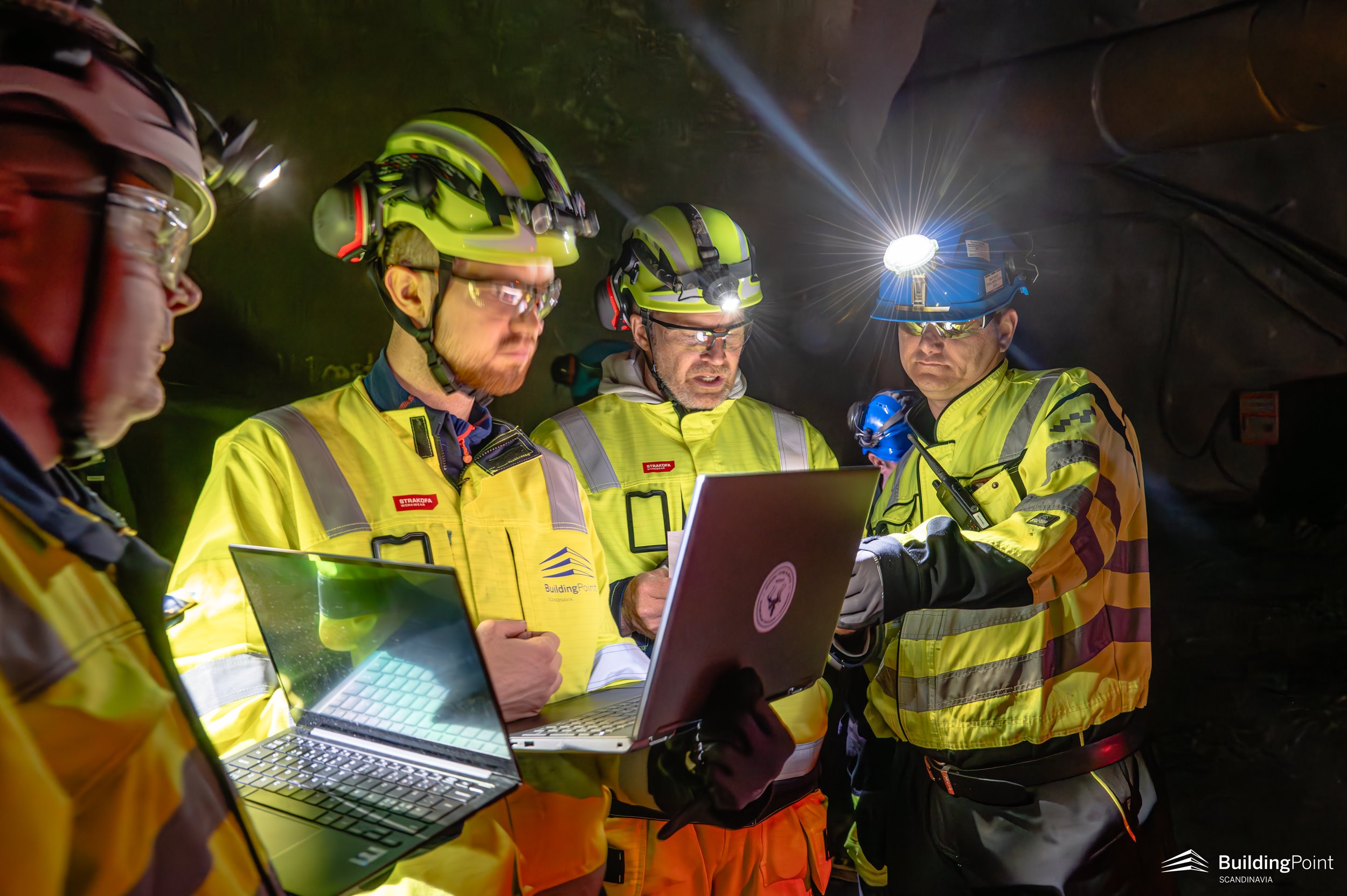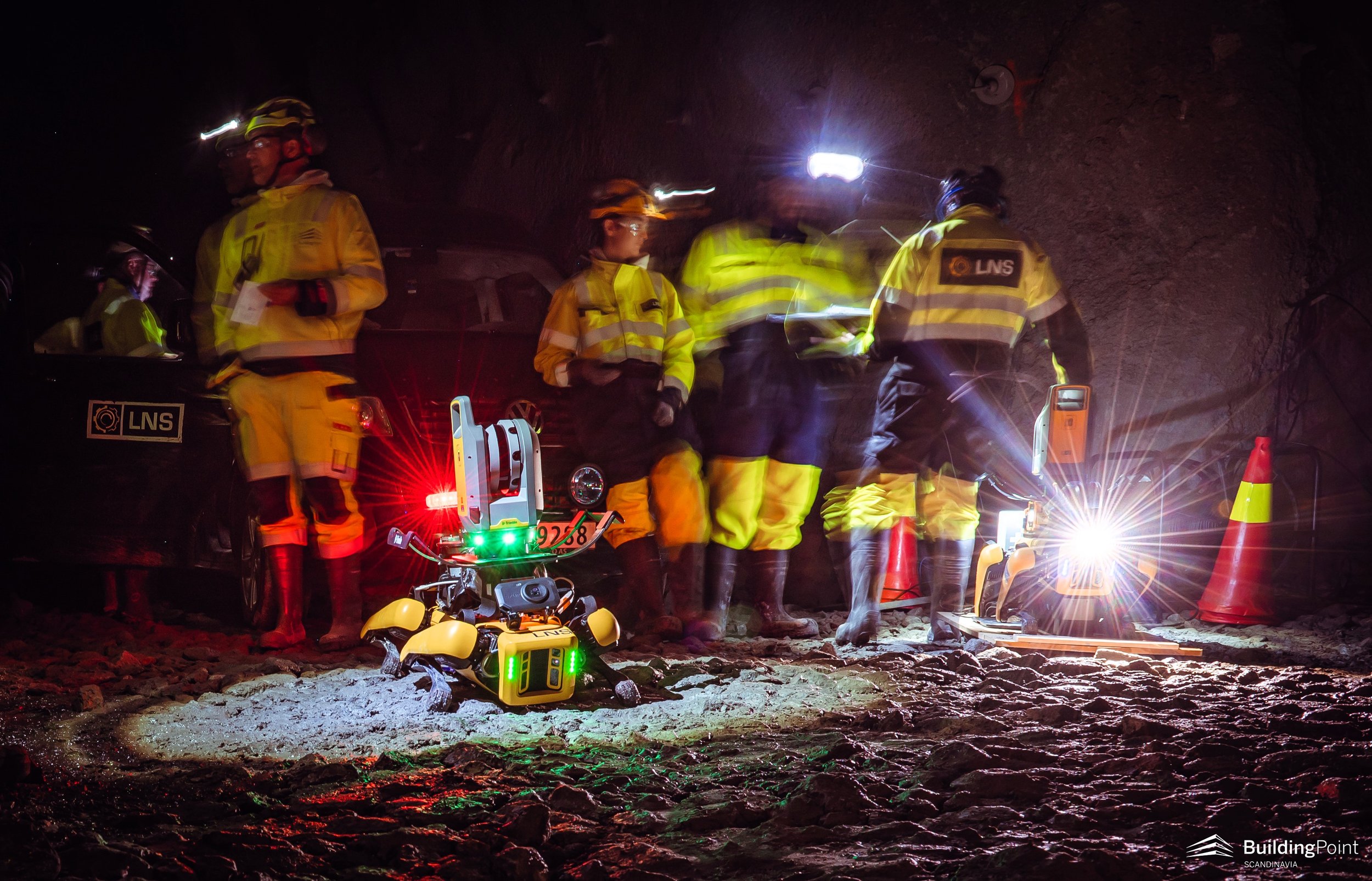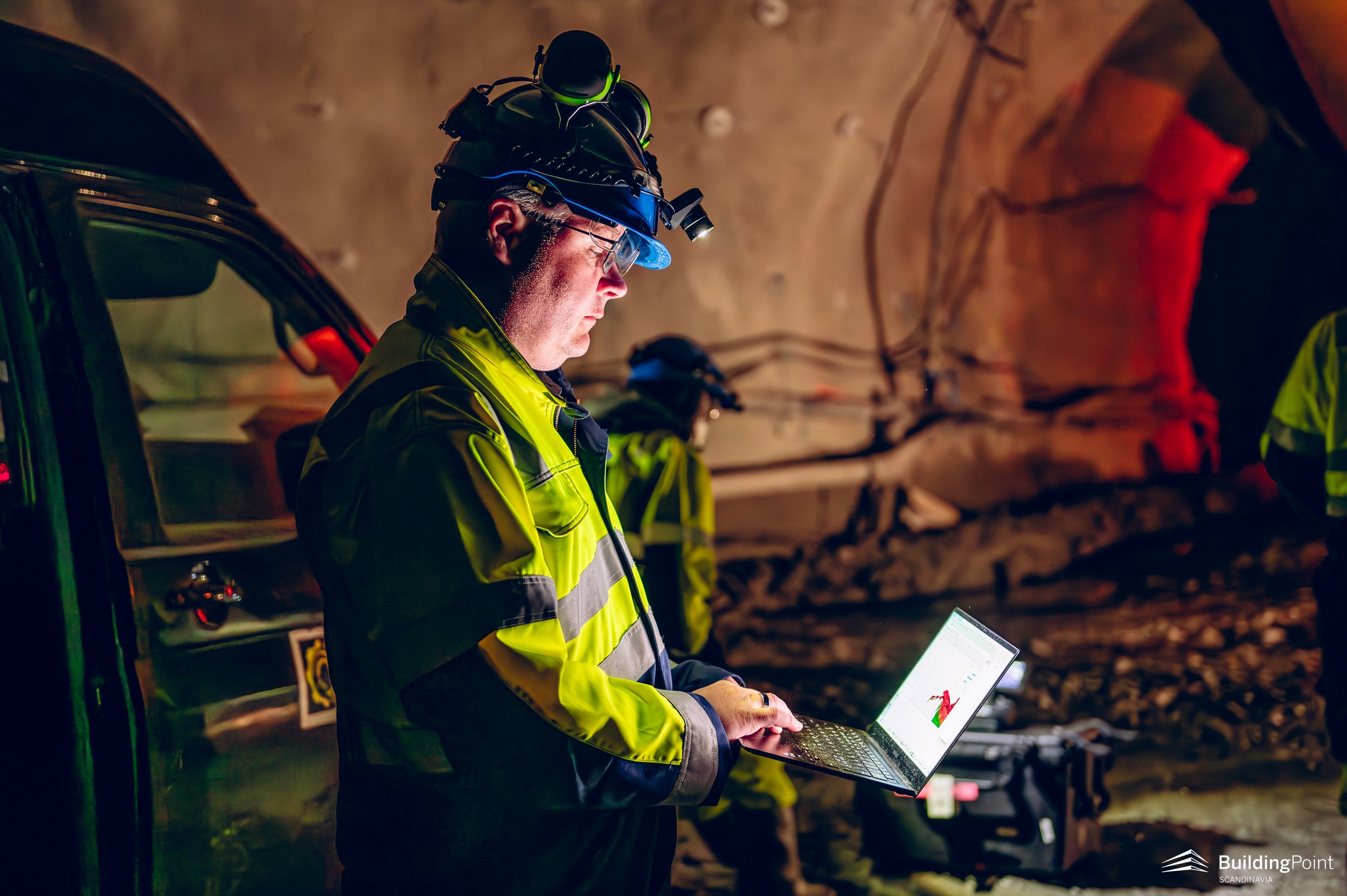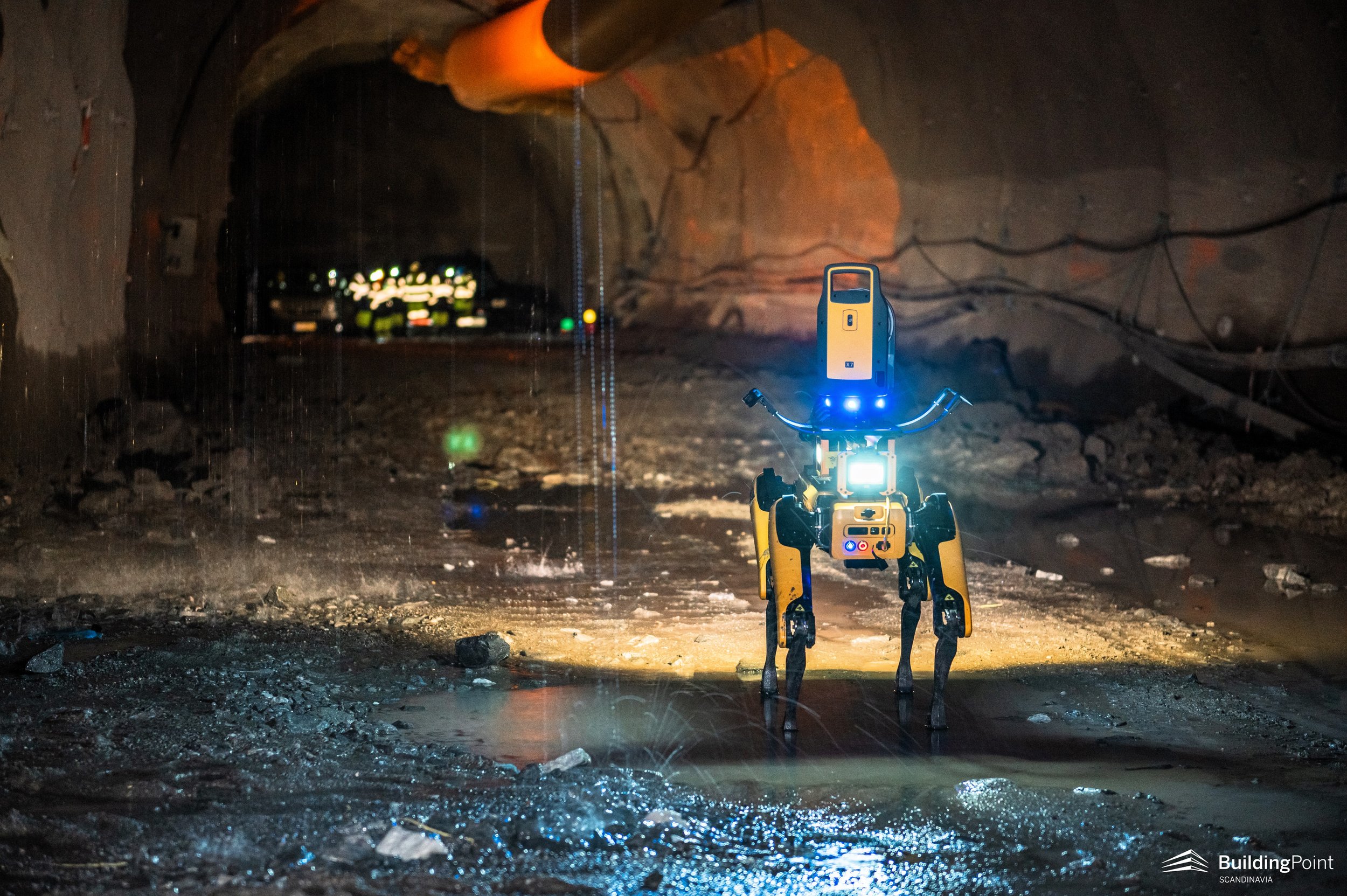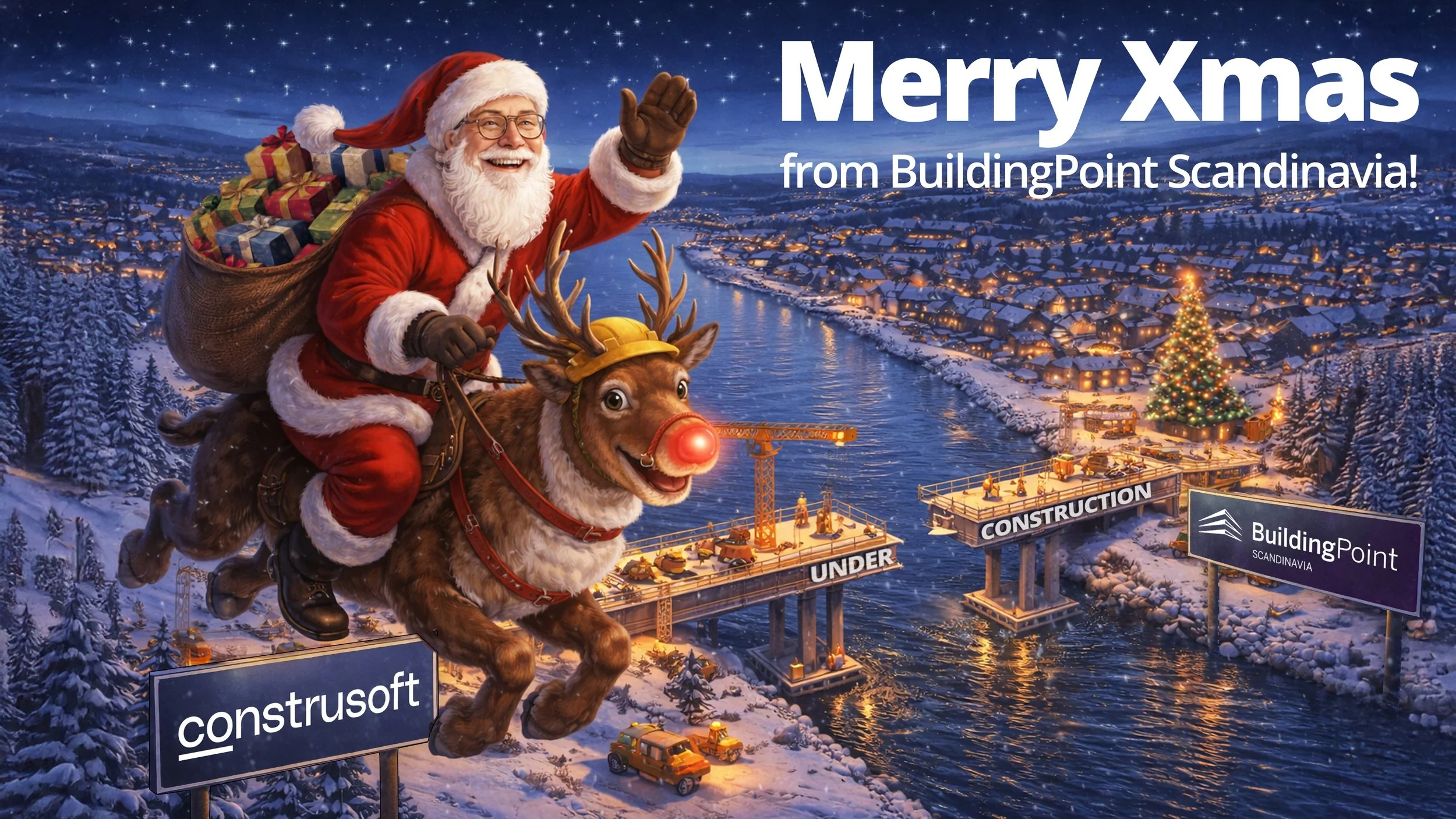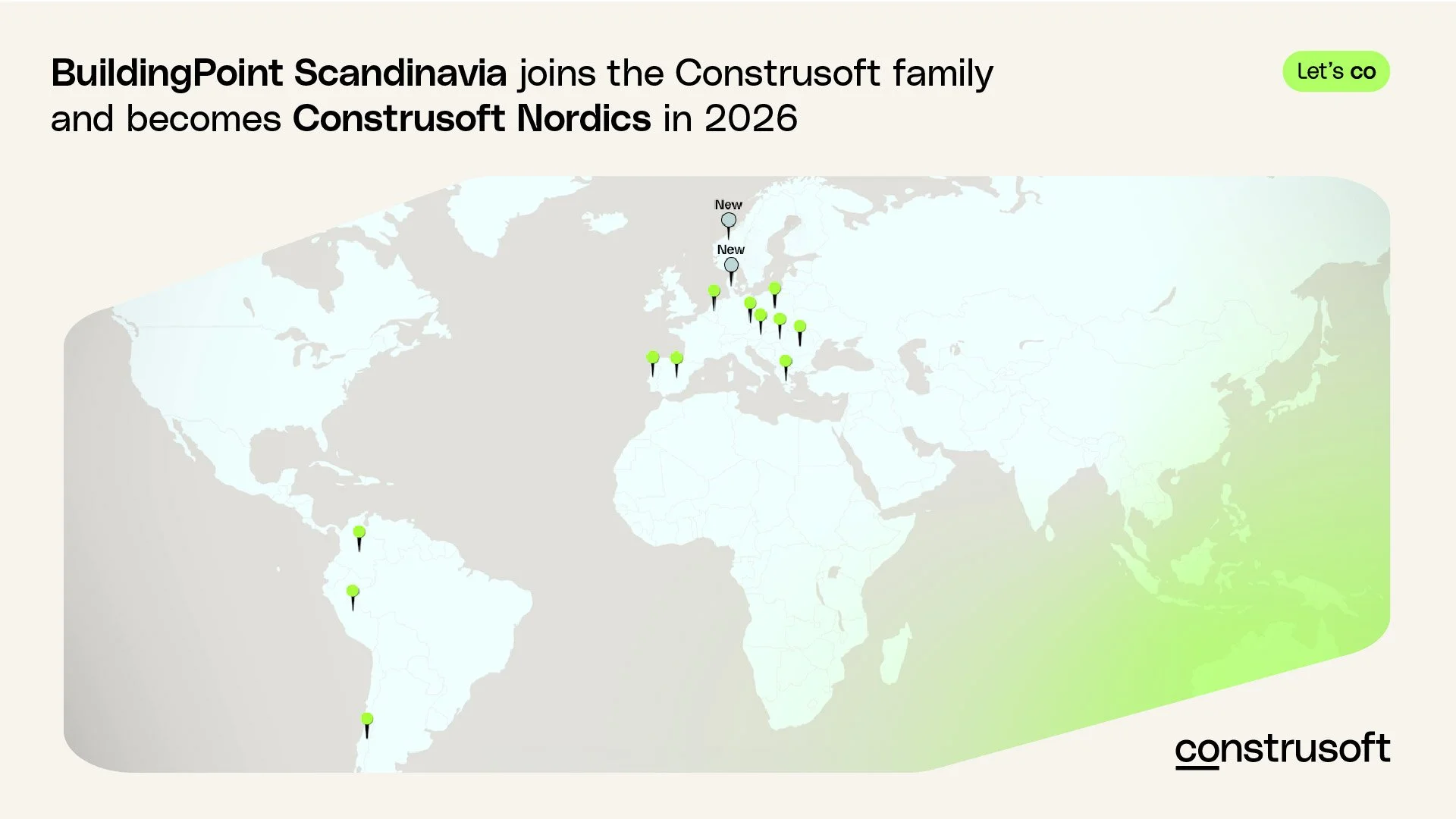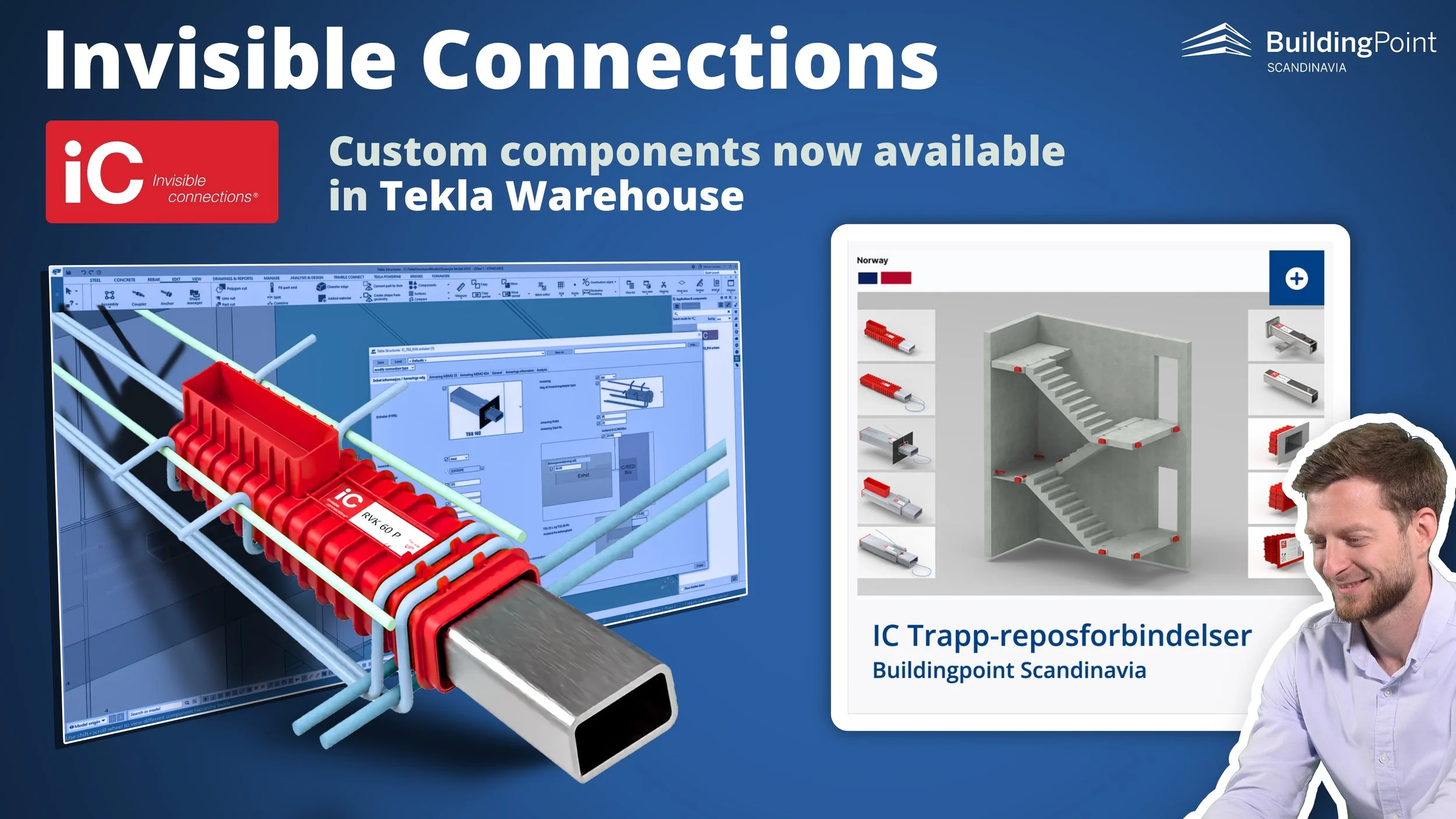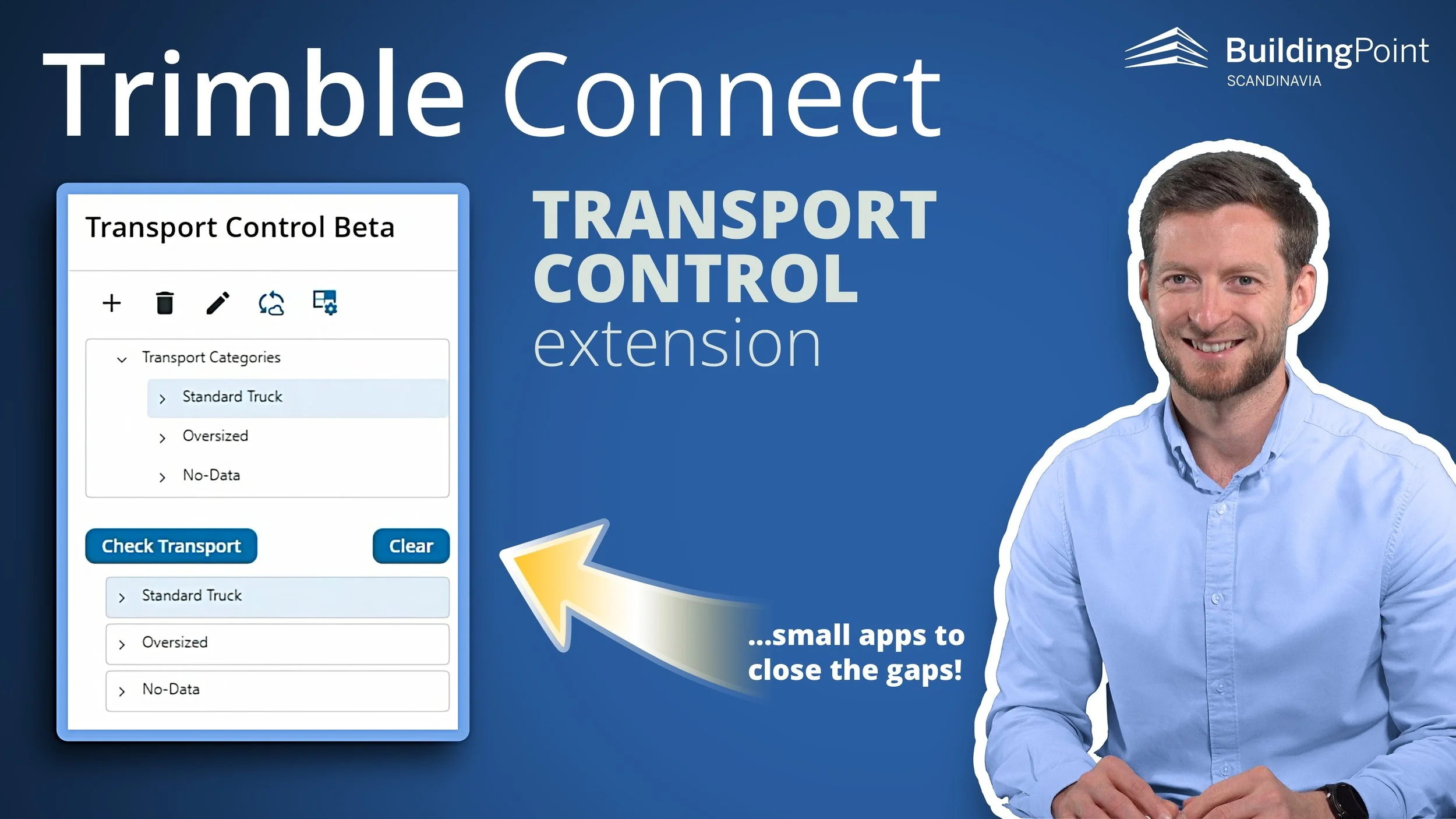Spot and LNS goes underground!
Having successfully tested Spot in an open pit mine environment in Tana earlier this year, LNS and their team of suppliers continues to develop Spot for the next challenge:
Underground autonomous and remote operations!
Why Robots?
Artificial Intelligence, autonomous machines and robots are technologies that everyone is talking about, but these technologies still seem to many of us a bit like science fiction.
However, many companies are already deploying solutions based on these technologies today to solve business problems, create value, and return on investment!
Dealing with challenges like:
✔ Increasing productivity without compromising safety, rather increasing safety!
✔ Reduction of specialist labour and travel costs.
✔ Challenges with lack of access to specialist competences - and manpower.
✔ Sustainability targets and responsibilities.
...these challenges can all be dealt with using robots, like LNS and their team of vendors are doing - right now!
IMAGE: Spot trying to engage in conversation with some of the other machines in the mine.
Mining in the North, Rana Gruber
The iron in the bridge you just crossed, or the office building you are working in may come from Rana Gruber, or «Rana Mines», which is located very near the Arctic circle in Norway.
Rana Gruber's goal is to be a world-class sustainable mineral producer, and currently it has one of the industry's lowest carbon footprints. Their ambition, however, is to rid their production of all CO2-emissions by 2025.
That requires change - innovation, new technologies and processes!
IMAGE: Rana Gruber open pit mine in Norway near the arctic circle.
IMAGE: Spot outside the entrance to a service tunnel in an open pit mine.
Mining and tunneling contractor LNS
As a key contractor for Rana Gruber and other mining and infrastructure operations, Norwegian contractor LNS must meet an increasingly demanding market, and innovation is required to develop methods that improve how they execute their work - at lower cost, higher productivity - without compromising safety.
And LNS is well ahead of many competitors in deploying autonomous and remotely operated robots.
IMAGE: Spot accompanied by Darren Thomson from Trimble in a service tunnel to the open pit mine.
The Spot research project
In a research project co-funded by the Norwegian Research Council, and supported by Trimble, Boston Dynamics, and local partner BuildingPoint Scandinavia, LNS has completed all key field testing of robot dog Spot from Boston Dynamics that has been planned this year.
IMAGE: The team gathered in Rana Gruber for the field tests.
Configured with a laser scanner - but also other technology payloads - like a 360 degrees camera and SLAM lidar, they have demonstrated that Spot can be used for remotely controlled or even fully autonomous scanning and surveying in open pit mines, and now recently even underground.
This may yield increased safety while at the same time reducing turn-around time to increase productivity. It may also reduce travel costs and the hours spent by specialists on the project.
The technical requirements that must be met for this to be successful are quite demanding or even «futuristic». First, it is important to understand how LNS expects to get Return on Investment from this project.
Getting Return on Investment using Spot
“Obviously, we are not doing this for fun”, says Dirk Niemann from LNS, “we are very focused on creating value for our company and our customers!”
Hard numbers
Challenged to be more specific about the value they want to create Niemann produces some example numbers from one project they are targeting and he lists areas where they expect to get return on the investment:
✔ Reduced surveyor workload saves hours in the range of two full man years, around 200 KEUR per year.
✔ Reduced downtime in projects because they can work in unsecured areas can yield savings in the range of 30 KEUR per year.
✔ Reduced staff costs and travel because of the autonomous and remote operations functionality is estimated to 15 KEUR per year.
IMAGE: Dirk Niemann of LNS explaining about tight margins in mining.
This results in total expected savings in the range of 250 KEUR on one project per year for one specific project that LNS are planning to start with when Spot is ready for production.
“
The environment that they're putting Spot into is very demanding, not just in terms of terrain, climate, and conditions with a mixture of mud, gravel, snow, and water… but also with respect to the difficulty of installing the necessary digital infrastructure for Spot to operate.
- Brian Ringley, Boston Dynamics
Soft values
And then you have values which are more difficult to quantify, but equally important for LNS as a company, their employees, and customers.
Innovation creates opportunities for new processes, new revenue streams. This can have a direct impact on the bottom line and make LNS more attractive as a business partner and contractor.
LNS may become more attractive as an employer and recruit new talents.
Employee satisfaction is affected positively because of less travel and less strain. This may result in reduced employee turnover.
Reduced carbon footprint through reduced travel.
And finally, and probably most importantly at the end of the day: Increased safety!
Hidden costs, hidden upsides?
“Any innovation project has the risk of incurring new costs associated with the new processes, and that is accounted for in the business plan,” says Niemann and adds:
“But there will also be unexpected upsides as well! Innovation tends to create room for even more innovation. First, we will make sure this project creates return on investment on its own, of course! »
The technology:
Two configurations of Spot
IMAGE: Two different configurations of Spot. Both robots have an X7 Laser Scanner from Trimble, while the robot on the left has an SLAM lidar scanner (in the image it is an EXYN scanner) for mapping underground, and the robot on the right has a 360 degrees camera and a GNSS reciever for open pit mine operations.
Spot has been through field testing for LNS in two configurations:
1) Open pit mining
First, the open pit mine solution that was field tested in Tana in February of 2023 takes advantage of GNSS to position the robot.
Using a local internet connection in the mine and remote operations software, the robot can be controlled from anywhere in the world, or even operate autonomously with pre-planned missions.
This allows for the site manager to carry out scanning missions without the need for a specialist on site, see the article and video from this field test in Tana
2) Underground mining
The field tests in Mo i Rana and Rana Gruber focused on underground surveying. Underground Spot cannot rely on satellite positioning and other methods are needed:
IMAGE: SLAM Lidar scan from Exyn.
SLAM lidar
One such method that was put to the test in Rana Gruber was SLAM Lidar technology. The way the SLAM LIDAR solution could work is this:
Spot is assigned an exploration volume, which is a rough outline of the area to be scanned, and then autonomously it maps out the area with the lidar. This provides a medium accuracy scan of the tunnels in a very short time, the time it takes to walk the length of the areas to be scanned since the lidar scanning can be carried out while moving.
These scans can then form a rough map (blueprint) for Spot for subsequent laser scanning at much higher accuracy, which is required in many cases.
The field tests demonstrated that this solution is viable, but it also helped identify risks that the team will have to deal with.
Benefits with Spot in open pit or underground mines
IMAGE: Site Manager/Anleggsleder at Rana Gruber, Melissa Wolfram fro LNS.
Using these two configurations of Spot, LNS can have a way to carry out accurate scans with the laser scanner in areas where one could not do this before for safety reasons.
Neither the open pit mine configuration nor the underground mine configuration will require the specialist to be on site to carry out the job.
This empowers the local operations management and offers increased productivity and return on investment for LNS.
Brian Ringley, Principal Product Manager at Boston Dynamics, who joined the field test team in Mo i Rana says:
“It's my second time in Norway this year to support this team, and they've once again impressed me with the results.”
“The environment that they're putting Spot into is very demanding, not just in terms of terrain, climate, and conditions with a mixture of mud, gravel, snow, and water… but also with respect to the difficulty of installing the necessary digital infrastructure for Spot to operate. This customer engagement has been managed and executed brilliantly, and is the result of the work ethic, creativity, and enthusiasm shared by the entire team.”
IMAGE: Brian Ringley, Boston Dynamics
“
Obviously, we are not doing this for fun... We are very focused on creating value for our company and our customers!
– Dirk Niemann, LNS
Dirk Niemann sums it up:
“It has been a wonderful week here in Mo i Rana, we had a lot of success with the tests. But as always there are issues that we need to address when we get back.”
“Regardless, with this research project we aim to deliver a field-ready system to our site management and production teams.”
- END -

